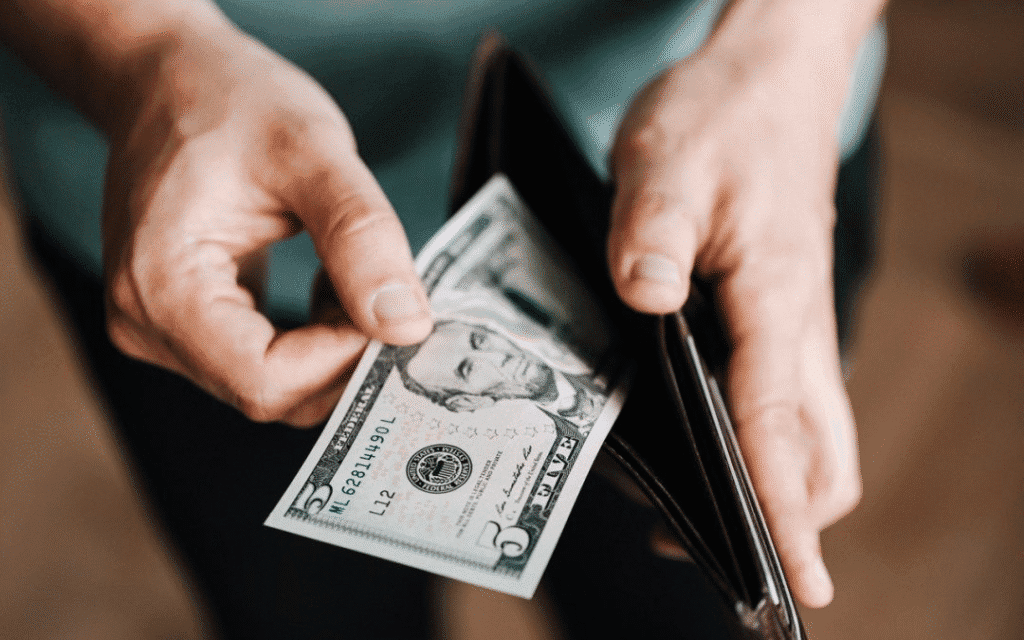Just a few years back, the concept of buy now, pay later was introduced to global consumers. Today, it is a very popular digital-age alternative to traditional credit. Why so popular, you ask? Imagine you want to purchase a designer dress for Christmas. But we all know how tight our funds become during that time of the year. This is when BNPL apps come into play, to make this jolly time more jolly. You buy the dress using a BNPL app, such as PayPal Pay in 4, Affirm, Klarna, etc. Now, you get the option to pay for it in small, equal installments instead of paying the hefty amount upfront.
This aspect of BNPL is what makes it so popular among Gen Zs. Like any other beneficial thing, this payment option also comes with its own set of risks (more on that later). I hope the concept of BNPL is a bit clearer for you.
Let’s discuss more about what Buy Now, Pay Later (BNPL) is, popular examples of BNPL, market insights, regulations for BNPL in 2026, and much more.
What is Buy Now Pay Later (BNPL)?
BNPL loans are gaining popularity globally to finance small-ticket buys. It is a form of short-term loan that allows consumers to pay for purchases in small installments over a set time period. These are mostly used in the case of small buys, like the Christmas dress, but BNPL can be used for expensive purchases, like designer clothing or an Apple iPhone.
These loans are mostly interest-free and do not carry any other service charges, making them an ideal option for people with a tight budget. Though BNPL is life-changingly good but it can tempt you to buy more than required, promoting overspending and poor financial decision-making.
Buy Now Pay Later Examples
- Affirm
- Uplift
- Sezzle
- Splitit
- PayPal Pay in 4
- Klarna
These listed BNPL apps have ranked as ‘best BNPL apps in the USA’ based on their product and support.

What’s the Point of Buy Now Pay Later?: BNPL Benefits
As already mentioned earlier, the most beneficial part of BNPL is that it lets customers buy goods and pay for them later, in small instalments, over a short period of time, without any interest (if paid back on time).
On the other hand, it also holds some benefits for buy now pay later merchants. Let’s explore both benefits altogether:
For consumers:
- Assists consumers in managing their cash flows and large expenses by omitting the need for upfront payment at the time of purchase.
- It reduces financial stress and allows consumers to plan their purchases better by dividing large payments into smaller parts.
- BNPL payments mostly do not require any prior credit checks or paperwork like traditional credit or loans, making it an accessible option for many.
- When repaid on time, buy now pay later can help to build or improve your credit score.
For merchants (Buy Now Pay Later for business)
- Merchants that offer BNPL as a payment option have more successful sales conversions than those that don’t. As per Klarna, a 30% improvement in checkout conversion is seen when BNPL is provided.
- With BNPL, customers tend to spend more when purchasing items. According to AfterPay, the Average Order Value (AOV) increases by 20-40%, especially in beauty and fashion segments, when buy now pay later is widely available.
- BNPL also attracts shoppers from a varied segment, especially Gen Zs and millennials, helping merchants extend their customer base. The 2023 PYMNTS.com study revealed that more than 50% of the younger generations prefer to shop from merchants offering BNPL service.
- Since BNPL providers are responsible for credit management and risks, the merchants do not have any headaches; instead, they receive the full payment upfront from the providers.
- The BNPL option allows merchants to retain customers and provide customer satisfaction.
BNPL Market Insights in 2025
As per current reports, the buy now pay later purchases globally are expected to exceed $560 billion in 2025, increasing at a rate of approximately. 13.7% every year. The BNPL market is growing rapidly due to the rising adoption among varied consumer bases with increasing smartphone users, e-commerce, and underbanked customers.
- In the USA, the BNPL market is set to increase by 20.4%, approximately $97.25 billion. The per-user-spending on BNPL is estimated to grow from $1000 in 2024 to around $1,380 in 2028.
- In India, the BNPL market is expected to reach $21.95 billion in 2025 with a CAGR of 22.3% since 2021. Most of the growing numbers are dependent on Gen Z purchase behaviour.
With BNPL planning to extend in areas like healthcare, education, travel, and others, many users will have more than one buy now pay later provider.
Emerging Trends in BNPL Regulations in 2026
Consumers are constantly searching for easy-to-use and affordable payment options beyond retail. As a result, we can soon expect buy now pay later options in more significant sectors like education, healthcare, travel, and others.
To compete with the BNPL giants, like Klarna, Affirm, many traditional banks are soon to introduce BNPL options. As per McKinsey, banks have already suffered annual revenue losses of around $8 to $10 billion to BNPL providers.
We already know that younger consumers prefer purchasing using BNPL options over traditional payment modes. According to the PYMNTS report, 63% of users prefer BNPL to manage cash flow better. With reduced bulk payments, negligible to no interest rates, transparency, and flexibility, BNPL is rapidly becoming the only mode of payment for Gen Zs and Millennials.
Also Read: Top Open-Source Data Analytics Tools for Smarter Insights
BNPL Regulations & Market Insights: A Quick Overview
| Area | 2025 Market Size (Approx.) | Latest Regulation | Trends |
| Global | $560 billion | Better data reporting, integrating credit score | Extension to newer sectors, youth-focused features, mobile-first use case |
| USA | $97.25 billion | Financial Conduct Authority (FCA) consultation, BNPL to enter regulation in mid-2026 | Multi-lender approach, growing per-user spend |
| India | $21.95 billion | Integration with UPI, Reserve Bank of India’s (RBI) stricter guidelines | Advancements in the retail and fintech sectors, Young generation dominance |
| Australia | $19.50 billion | New framework in 2025, resolution of current disputes | Transparency, flexibility, and consumer protection |
Associated Risks of BNPL Apps
Since BNPL apps are user-friendly and eliminate the need for upfront large payments, they can be overutilized without much thought given. This can have a negative impact in the future, especially on Gen Zs and Millennials, who might get tempted easily and impulse buy unnecessarily.

Here are some more of the risks associated with buy now, pay later apps.
1. Excessive spending
Using interest-free BNPL options, large spending can seem to be accessible than it usually is. Impulse buying can lead to default payments, debt, and low credit scores.
2. Restricted Regulations
As of yet, BNPL providers do not face many regulations compared to traditional credit cards or loans. This can backfire in the case of consumer protection and dispute resolution.
3. Returns/ Refunds Concerns
The BNPL model is all about dividing payments into smaller sections and spreading them over time. Though beneficial, this can be hectic in case you want a refund against return, or cancel the payment.
4. Late Payment Risks
Some BNPL providers charge late fees if you miss to pay your instalment on time. In some cases, defaults are reported to credit bureaus, which can have consequences like, lowered credit score or future issues with accessing credit.
How’s the Future of BNPL Looking in 2026 and Beyond?
Internationally, we will see a transformation in the regulatory scenario of BNPL. The service providers need to consider future and current challenges in this area. Customers also need to have a comprehensive experience when handling financial decisions through BNPL as a service.
From 2025 onwards, we are already seeing stricter regulations, especially in the USA, when it comes to the buy now pay later model. Both consumers and providers can expect balanced regulations, financial inclusivity, transparency, and dispute resolution. BNPL providers need to have extensive risk management programs to enhance customer satisfaction, both in terms of regulatory compliance and consumer protection.
Also Read: Top Cybersecurity Certifications for 2025



